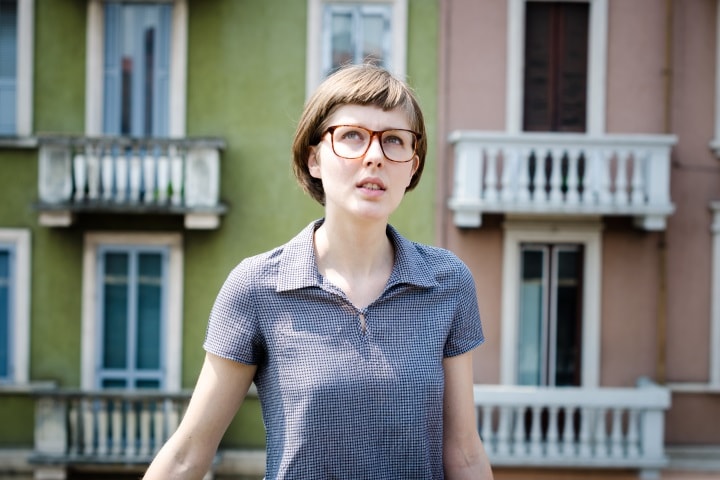Stye

About Stye
A stye is an infection of the eyelid and is usually painful.
External stye (external hordeolum):
This is the common type of stye. Technically it is an external stye; however, it is often just called a stye. It appears along the edge of the eyelid, due to infection in the root (follicle) of an eyelash. It may start off as a small red lump but, as it develops into a collection of pus (a little abscess), it looks like a yellow pus-filled spot. The edge of the eyelid around it becomes reddened and swollen, and the lid is painful.
Internal stye (internal hordeolum):
An internal stye arises when a type of gland in the main part of the eyelid (meibomian gland) becomes infected. The infection comes to a head on the inner surface of the eyelid, against the eyeball, so that from the outside it is visible only as a swelling. Internal styes may be painful, although often they cause a dull aching in the eyelid, sometimes with the sensation of a lump.
Most styes usually occur for no obvious reason, although if your eyelids are itchy or rubbed a lot this may make an external stye more likely. The usual germ (bacterium) that causes the infection is called Staphylococcus aureus. It is a common germ that is often found on healthy skin. It usually does no harm. However, it can occasionally get into the skin, where it causes infections such as spots, abscesses, and styes.
Some people have an eyelid condition called blepharitis. This is an inflammation of the eyelids in which they can become swollen, dry and itchy. Blepharitis can make you more prone to developing styes
What does a stye feel like?
Symptoms usually consist of a sensation of a lump within the eyelid, itchy eyes, redness around the eye, sense of grittiness in the eye.
Styes can be caused by a blocked duct, and can occasionally become infected due to Staphylococcal bacteria.
Most styes get better on their own and do not need medical treatment however adequate supportive measures will resolve the condition, but will need to persevere with the measures.
1. try warm compression above the gland few times a day until the swelling resolves
2. sometimes may need some local antibiotic cream - Fusidic acid may be needed
3. rarely may need a cause of oral antibiotics
4. for multiple styes, may need an referral to the specialist to lance them and release the collection under local anaesthesia
Prevention:
1. If someone is getting frequent and multiple styes, better to take simple measures to keep the eye lashes clean

Start feeling better now
Our doctors are available now to help you with stye or any other medical condition which you would normally see your GP about. Book an appointment now and start feeling better right away.













